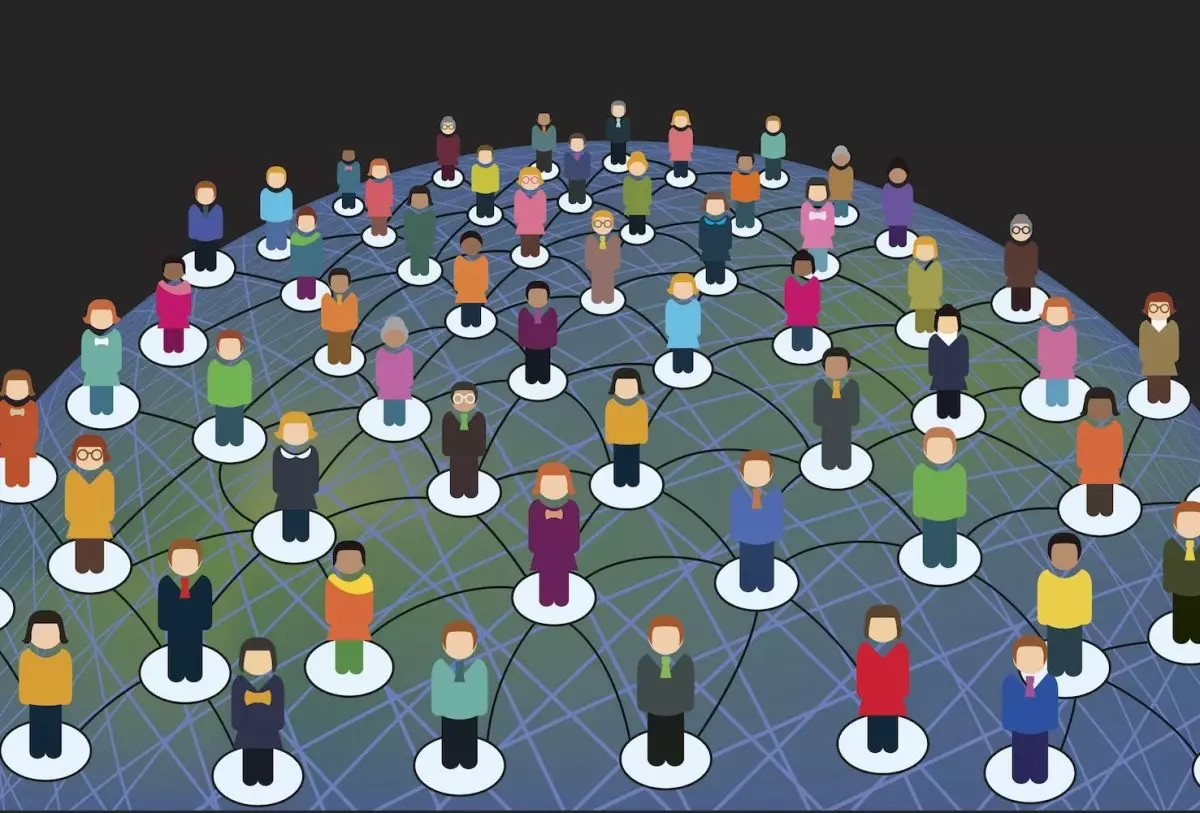The term “open source” has become a cornerstone of modern software development, described as a distinct alternative to proprietary models. The Open Source Initiative (OSI) serves as the primary authority on what constitutes open source software. However, as the landscape evolves, a critical examination reveals that the application of the open source label is laden with complexities that go beyond legal definitions and delve into issues of culture, governance, and transparency.
The OSI maintains rigorous criteria for classifying software as open source, issuing licenses that adhere strictly to its formal definition. Yet, many argue that legal compliance alone does not capture the essence of open source. When we strip away the legal jargon, the concept encompasses a collaborative spirit, community engagement, and an approach that promotes transparency. If we accept a software project as “open source” merely for its license, we risk overlooking whether it genuinely fosters an inclusive environment where users have agency and influence.
Take, for example, the Android Open Source Project (AOSP), which offers its core software under a permissive license. While Android embodies open source in its technicality, the reality is that this platform is heavily managed by Google. Despite being legally classified as open source, the company imposes anti-fragmentation agreements on device manufacturers, stifling the potential of forked projects and community contributions. In other words, the open-source nature of Android is more of a façade, concealing a tightly controlled ecosystem under Google’s dominion.
A pivotal aspect of true open source is the community’s ability to contribute and innovate on the platform. Luis Villa, a prominent figure in the open source community, remarked that while Android’s licensing may be impeccable, the barriers to meaningful contributions obfuscate the reality of its openness. The prevailing question arises: To what extent do users genuinely participate in shaping the direction and features of an open source project?
Industry experts like Peter Zaitsev point out that when a project is governed by a single corporation, it raises significant concerns about the long-term sustainability and welfare of that project. The potential for rapid license changes or shifts in project priorities can stifle community input, leaving contributors feeling alienated and powerless. Thus, the relationship between governance structures, community participation, and the sustainability of open source projects cannot be understated.
As open source software gains traction, the discussion turns to whether projects deemed “vendor-owned” truly encapsulate the open-source ideals. Dotan Horovits provocatively suggests that the concept of vendor-owned open source could be construed as an oxymoron, especially when these entities prioritize their commercial interests over community engagement. This duality creates a tension in understanding the true essence of open source.
Recent developments within the realm of artificial intelligence (AI) further complicate the narrative surrounding open source. Although companies like Meta tout their AI models as open source, they often come with commercial restrictions that render them less accessible. Researchers at organizations such as Hugging Face strive to produce models with clearer open-source principles, yet ambiguity surrounding data usage and training protocols persists. These developments raise critical questions about the authenticity of what we label as open source in an increasingly commercialized landscape.
With the European Union’s AI Act proposing specific provisions for “free and open-source” AI systems, a new motivation has emerged for companies to shape their narrative around the definition of open source. As noted by Villa, there is a palpable urge among various actors to redefine open source for strategic advantage within regulatory frameworks. While striving for clarity and simplicity is essential, an overly narrow focus on licensing may inadvertently leave out crucial elements related to community engagement and organizational integrity.
The conversation on what defines open source not only revolves around clear criteria but also includes philosophical interpretations of collaboration and community development. Stefano Maffulli emphasized the importance of having measurable definitions to keep the movement grounded in its original intent, allowing criteria that reinforce open source ideals to flourish.
In navigating the complexities of open source software, the challenge rests in discerning genuine community-driven projects from those enshrouded in vendor control. Legal definitions provide essential guidance, but an open-source ethos thrives on broader principles of transparency, community engagement, and participatory governance. As the narrative of open source continues to evolve, stakeholders must remain vigilant in preserving its foundational ideals, ensuring that open source remains genuinely open for all.

